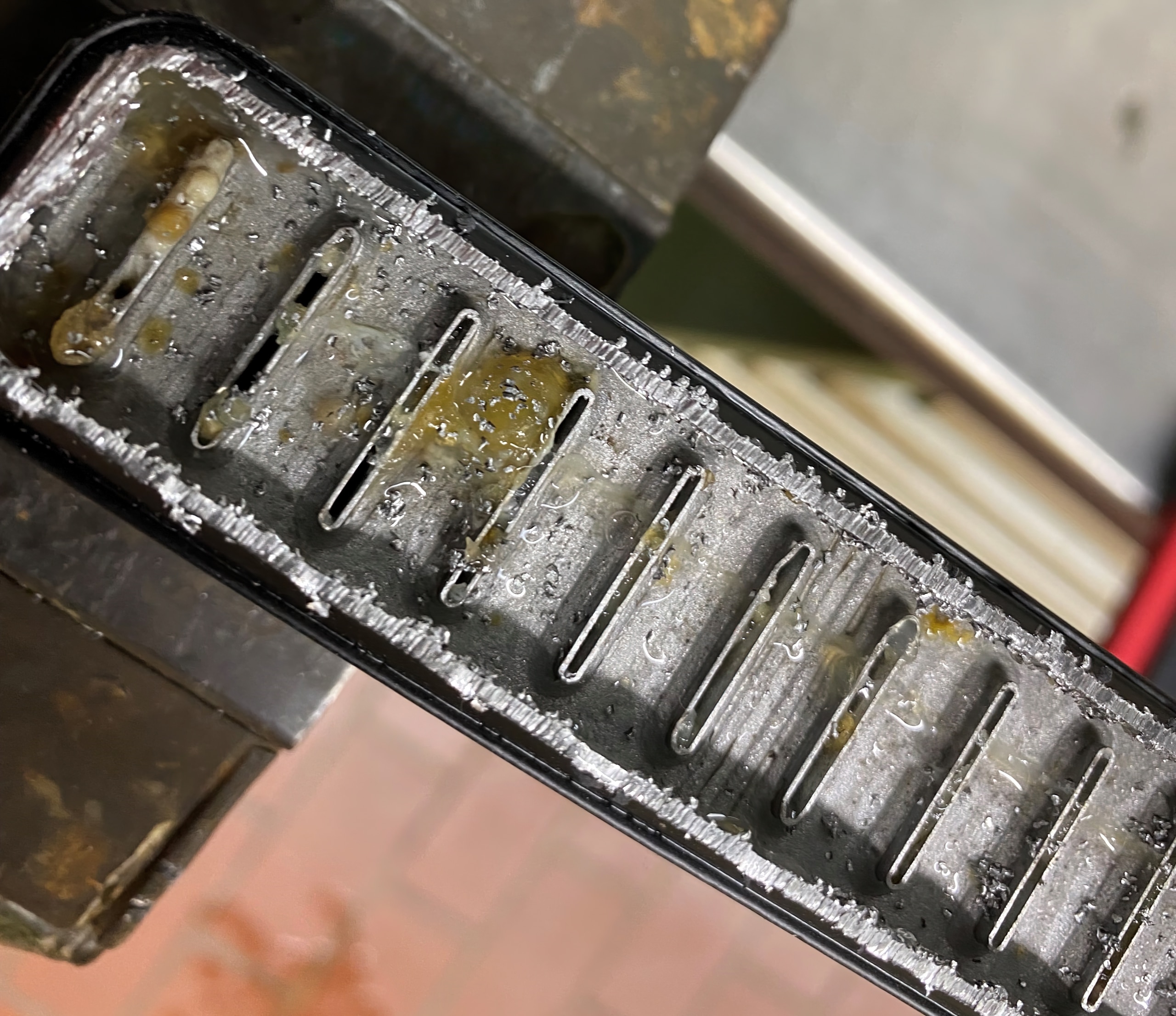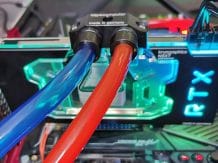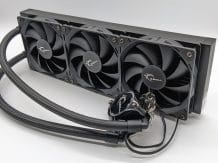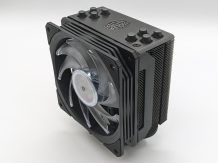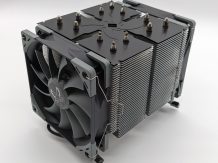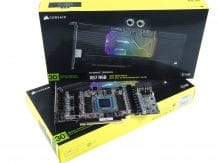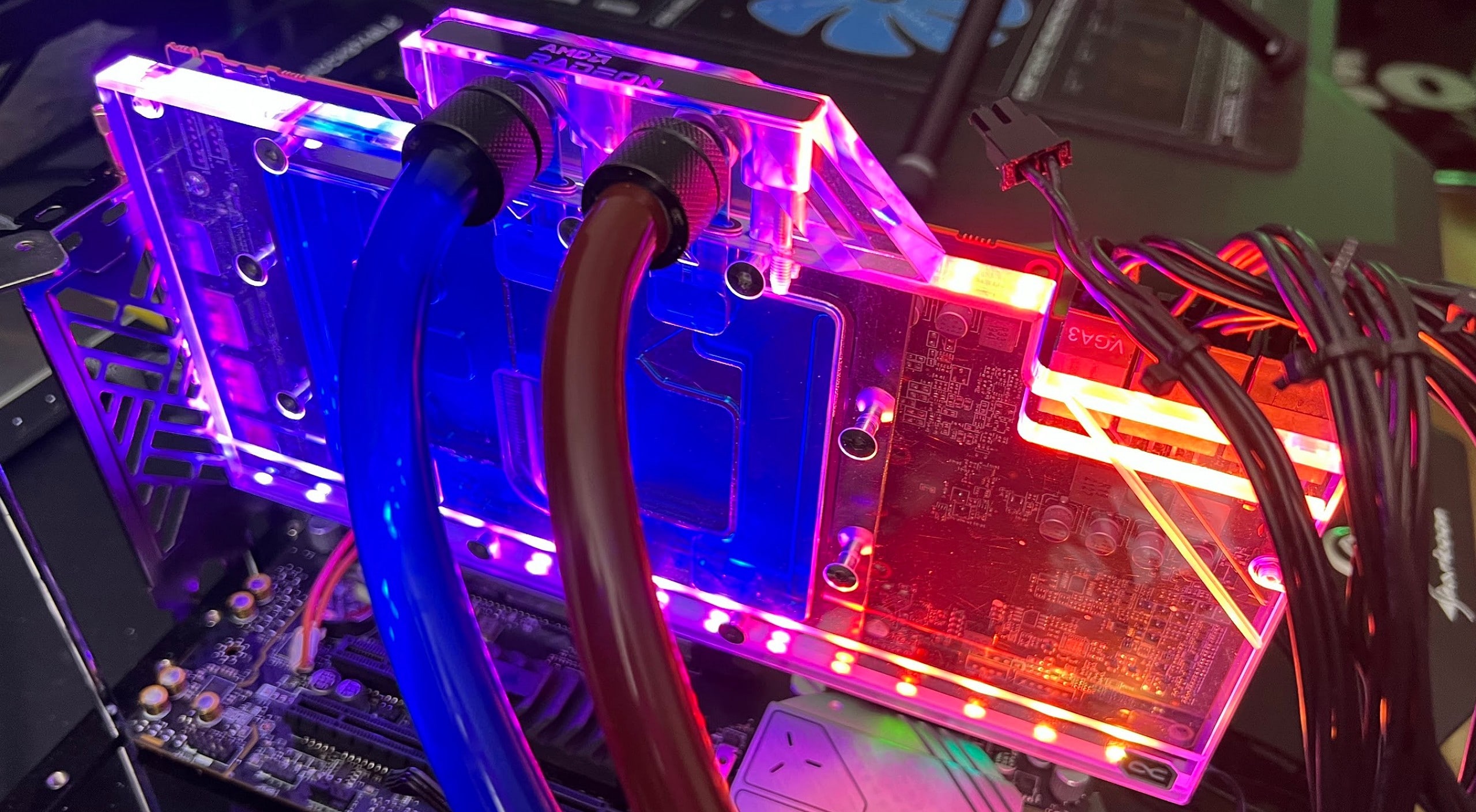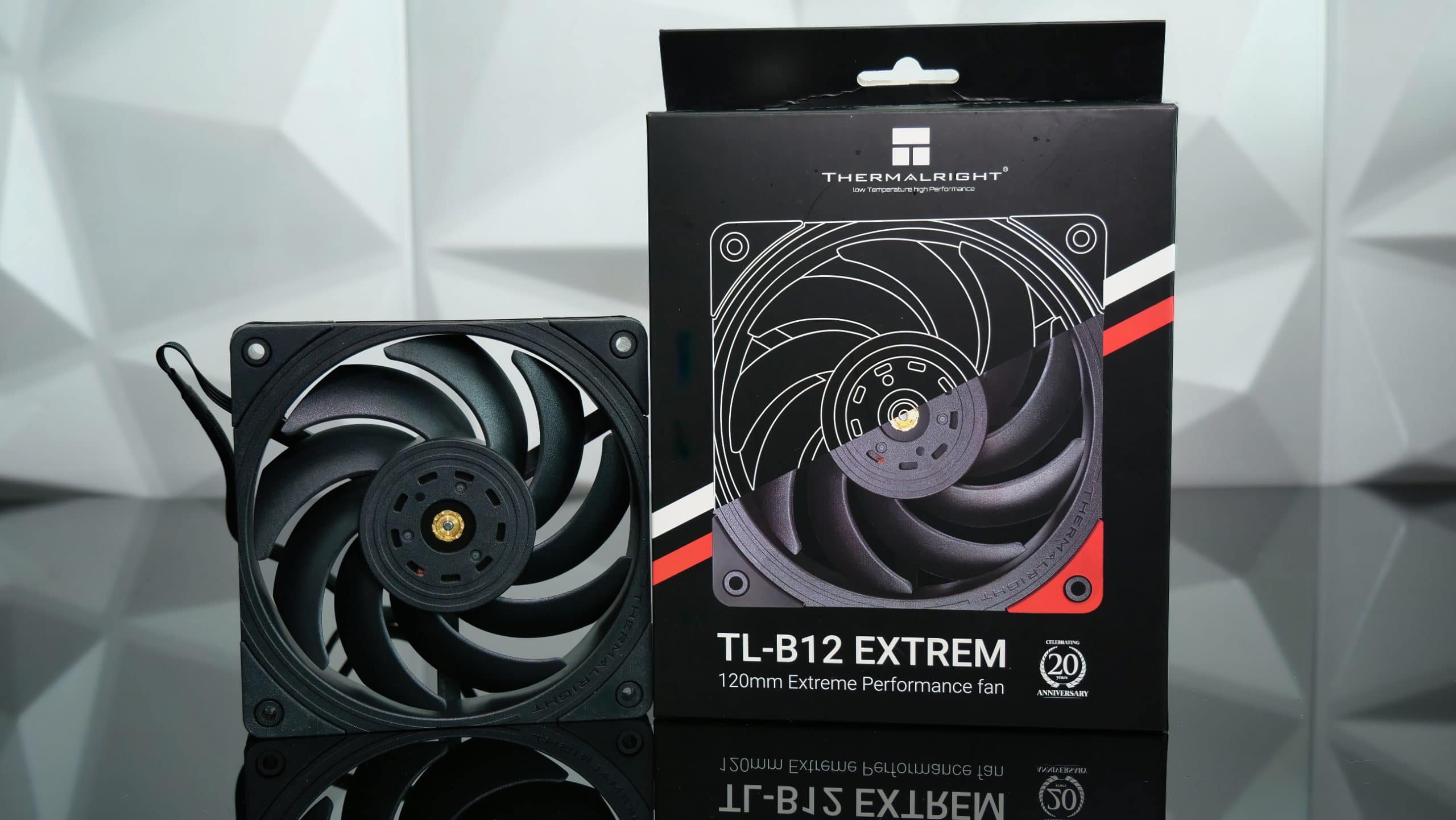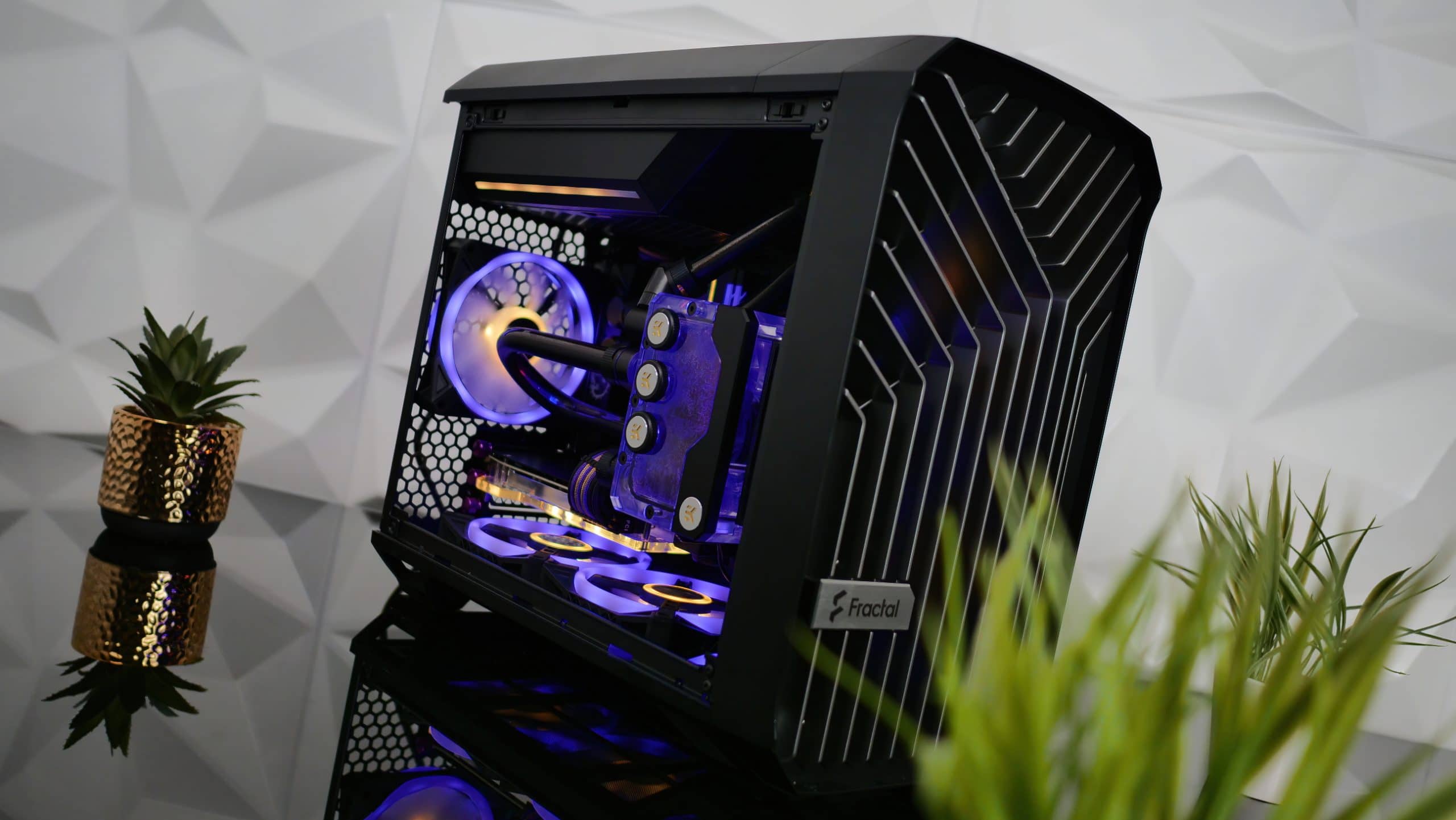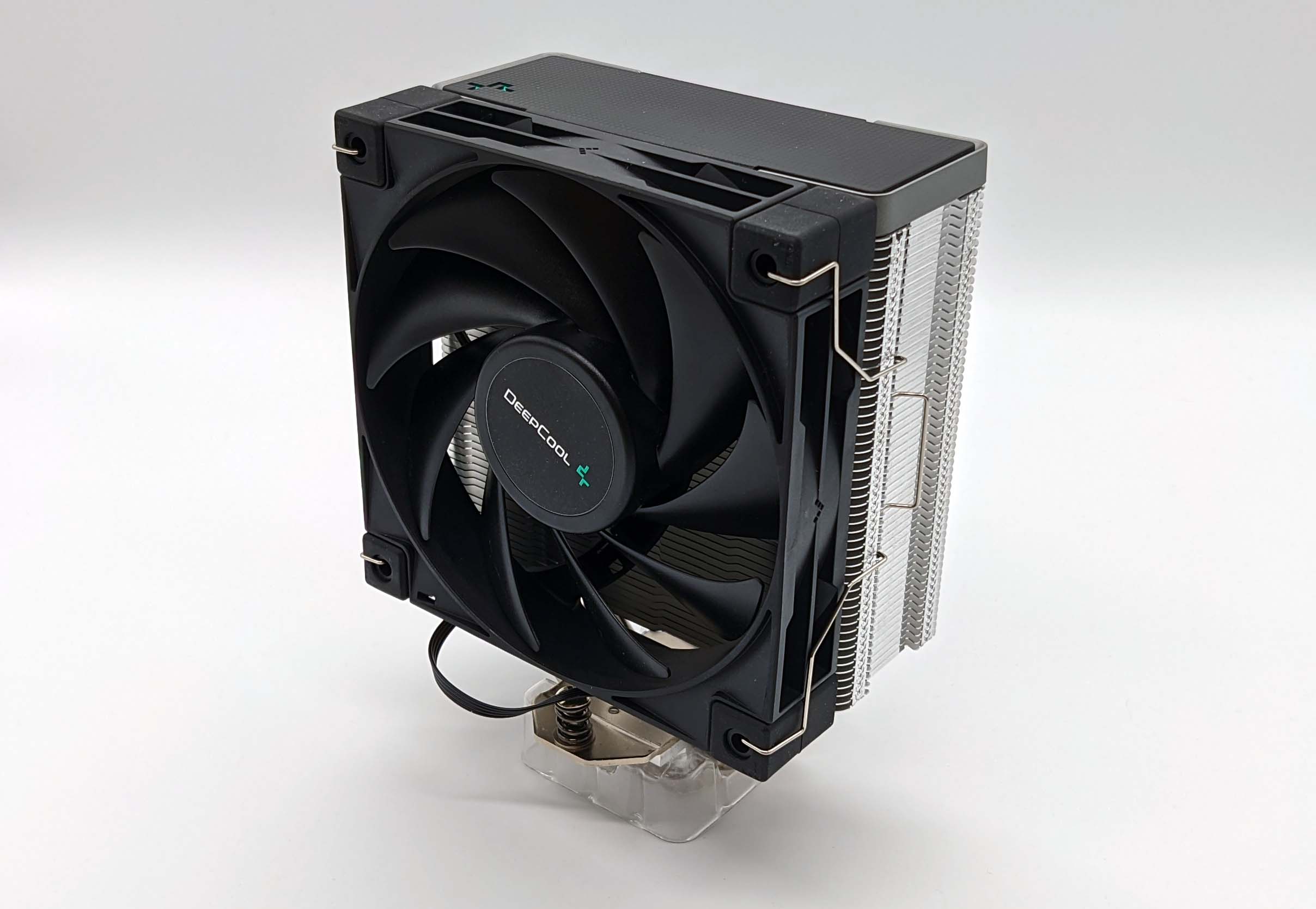Missing flux compensator: flux residues in cheap radiators – why so many AiO water cooling systems really die | investigative
I didn’t make it easy for myself, but worked on this topic for almost half a year. In the first article last year I wrote about clogged radiators and hoses, defective pumps and the theory behind coolants and their additives. After a very complex analysis with the scanning electron microscope (SEM) and with the help of energy-dispersive X-ray spectroscopy (EDX), we were able to get much closer to the actual cause. And yes, the title has nothing to do with the future, but with the present of the enormous cost pressure. More on that in a moment.
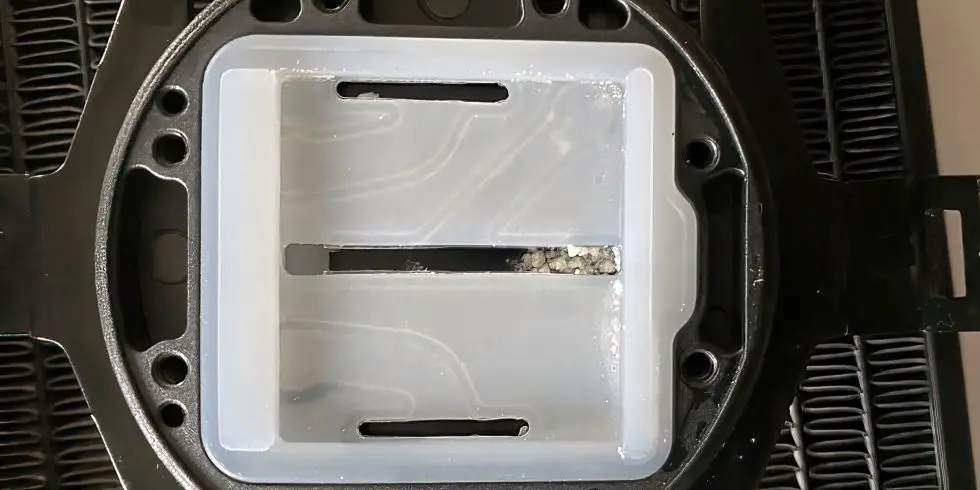
Originally I suspected contamination of the coolant to the point of using cheap “Aqua Plumbi” (i.e. tap water) instead of a clean reverse osmosis filtrate. But in the end it was just a sidekick. Sure, the liquids used had various residues that had no place there, but it ended up being much thicker. Nevertheless, at the beginning I would like to refer to Part 1 of this tragedy again for a better understanding, because these are important basics that are still fully valid:
When the OEM slacks off or saves – AiO compact water cooling systems with a pre-programmed expiry date and a very current example | investigative
I just want to skip the crystals from the pictures already known from part 1, as well as the added cold plates. Because these are only the consequences and now, after all the investigations, I want to get to the true core of the problem. This is about the cost pressure owed, completely inappropriate manufacturing processes at the manufacturer of the aluminum radiators. These manufacturers are generally never seen in the public eye and I’m also pretty sure that a company like Apaltek (see part 1) as an ODM/OEM hasn’t even manufactured the radiators themselves, but only made them cheaper with third parties has bought.
Conversely, this also means that it can actually affect all suppliers of rather cheap AiO compact water coolers that have them produced by contract manufacturers who buy radiators that have been thrown together so cheaply and where there are gaps in quality control.
Who exactly is affected?
Cooling that costs USD 25 or less cannot generally function permanently, because that also has something to do with the effort involved in production, not just with the pure material costs. Possible defects can also be identified in the selling price free Hong Kong, but the customer only knows them in the rarest of cases. We evaluated the enormous feedback from the readers after the first part, did our own research and also asked about the RMA quotas from dealers and distributors, as far as that was possible. So far, almost only products from the manufacturer Apaltek have been affected, while Asetek products remain unobtrusive.
This in turn presented us with the next problem: Since we could find different results with different batches of identical products, it would not be objective to name specific models from certain suppliers. Spreading panic would also be counterproductive and will also lead to nothing. For example, if I were to exclude a supplier (not OEM/ODM) and their products would still be affected later, then an explicit purchase warning of individual suppliers or products that are only partially affected would be just as absurd.
Therefore, as always, if you buy cheap, you buy twice. However, if you notice that the cooling performance of your beloved bargain is decreasing, you are welcome to refer to this article for the RMA and also contact me by email. In the meantime I have spoken to a number of buyers of Apaltek products and made the respective companies aware of the radiator and coolant problem. So if performance drops within a period of 3 to 6 months after the first start-up, the product should be returned immediately.
The radiators without flux compensator
I’ll show you how to do it right later. Previously, we didn’t just saw open one radiator of a product, but several. And that also means that it can happen to almost any supplier who gets such cheap aluminum radiators installed.
Speaking of flux, do you actually know what that is? Of course not in the film (here you simply used something that the screenwriter had no idea about, but which sounds pretty complicated), but in the affected cooling. It is mostly potassium aluminum fluoride, also called flux for short in the following. And a flux compensator is exactly what your AiO is missing. Hollywood has something to do indirectly with your AiO compact water cooling system, albeit unintentionally. Anyway. 😀
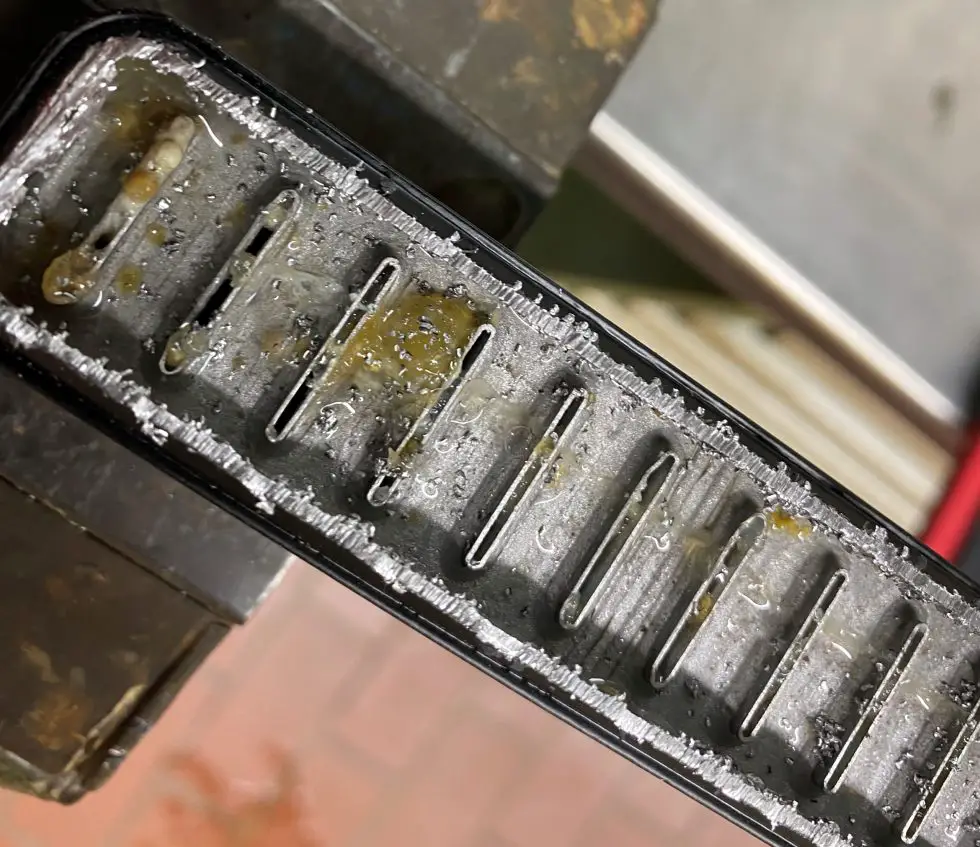
The picture above now shows you what you can find when you clamp such a radiator in a vise and cut it crosswise without emotion. We see slime, crumbs and the usual shavings of the separation process, which of course can be neglected. And you can find out exactly what all this means on the next page.

- 1 – Causes and Effect
- 2 – Scanning Electron Microscopy (SEM) and Mass Analysis (EDX)
- 3 – Non-corrosive soldering solution
- 4 – Coolant, durability and costs with conclusion




